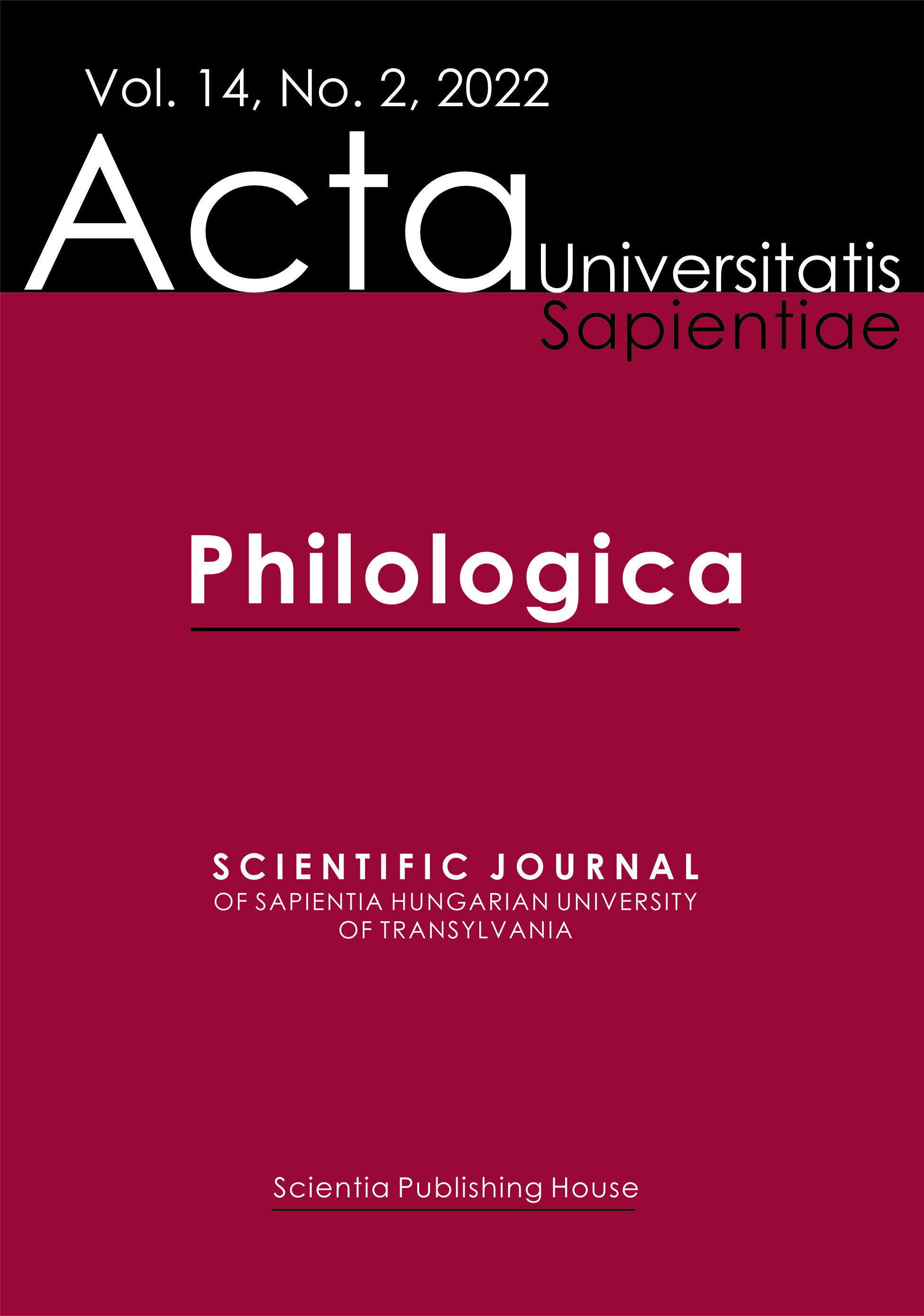Nomen Est Omen Socialis. Designation as Means of Stereotyping
Nomen Est Omen Socialis. Designation as Means of Stereotyping
Author(s): Svitlana LyubymovaSubject(s): Pragmatics, Sociolinguistics
Published by: Scientia Kiadó
Keywords: sociocultural stereotype; media stereotyping; designation strategies; designation patterns;
Summary/Abstract: Functioning in media discourse as reference points for shaping people’s worldview, sociocultural stereotypes are considered cognitive-linguistic phenomena, formed in the process of evaluative categorization. A lexical item that represents a sociocultural stereotype in media discourse is determined in the study as a nomen of a stereotype. The aim of the paper is to outline strategies of nomen formation that are found in American media discourse. Nomina of stereotypes are formed by phonetic, morphologic, and semantic means. As phonetic means, onomatopoeia creates a nomen on the basis of a sound representation of a stereotyped group. Morphological nomina are conditioned by available in the language through word formation means such as suffixation, compounding, blending, and acronymization. Semantically motivated nomina of sociocultural stereotypes are formed according to logical, allusive, and figurative strategies. Logical strategy is based on the unbiased perception of a social group, regardless of its emotional and evaluative perception. Transference of a well-known name of a figure or an event to a sociocultural stereotype determines allusive strategy. Figurative strategy lies in the sensory portrayal of stereotypes, which takes place according to metaphorical, metonymic, and eponymous patterns. The results of the research can be applied in lexical discourse analysis, media linguistics, and cognitive semantics studies.
Journal: Acta Universitatis Sapientiae, Philologica
- Issue Year: 14/2022
- Issue No: 2
- Page Range: 116-133
- Page Count: 18
- Language: English

